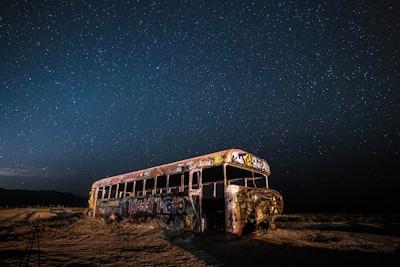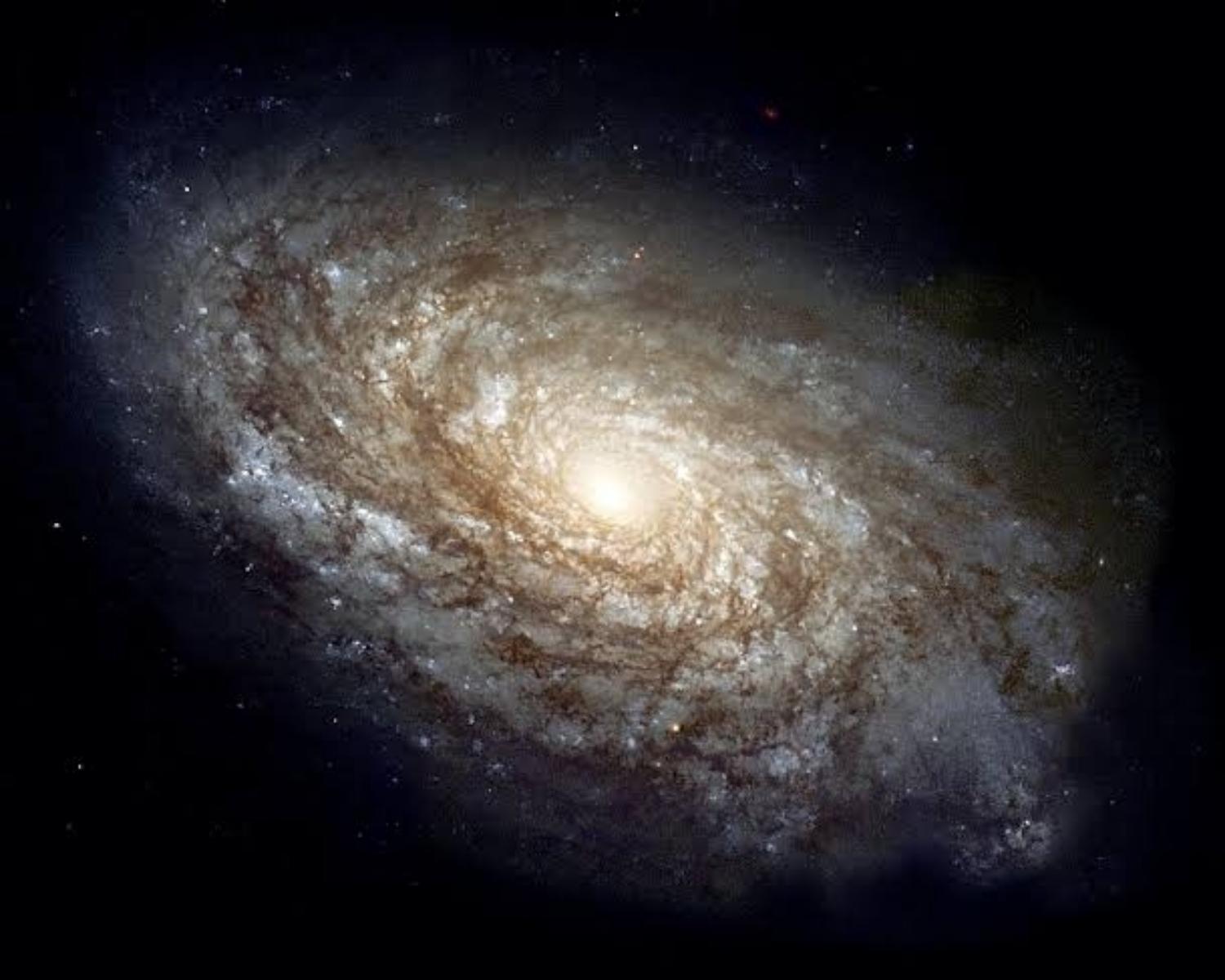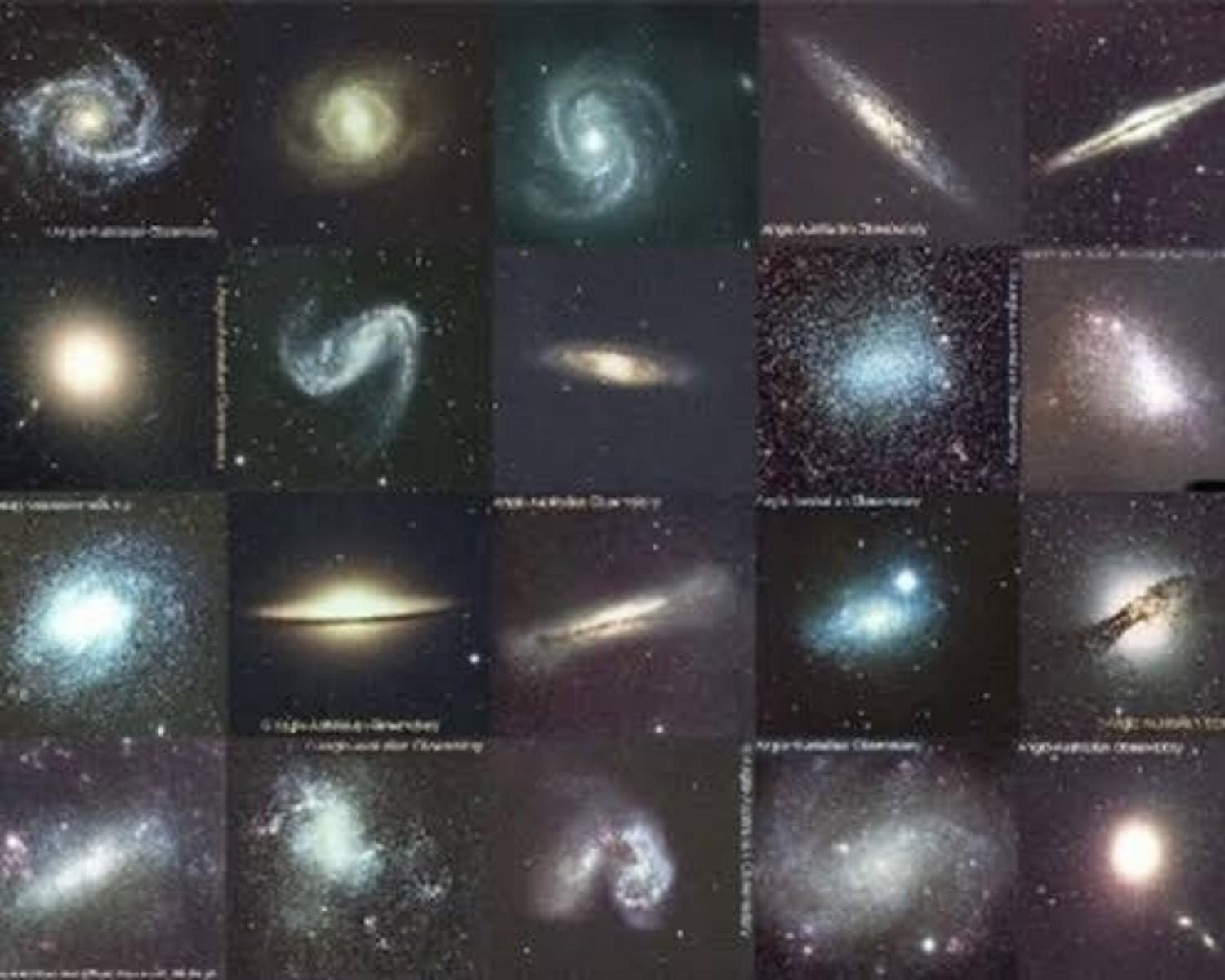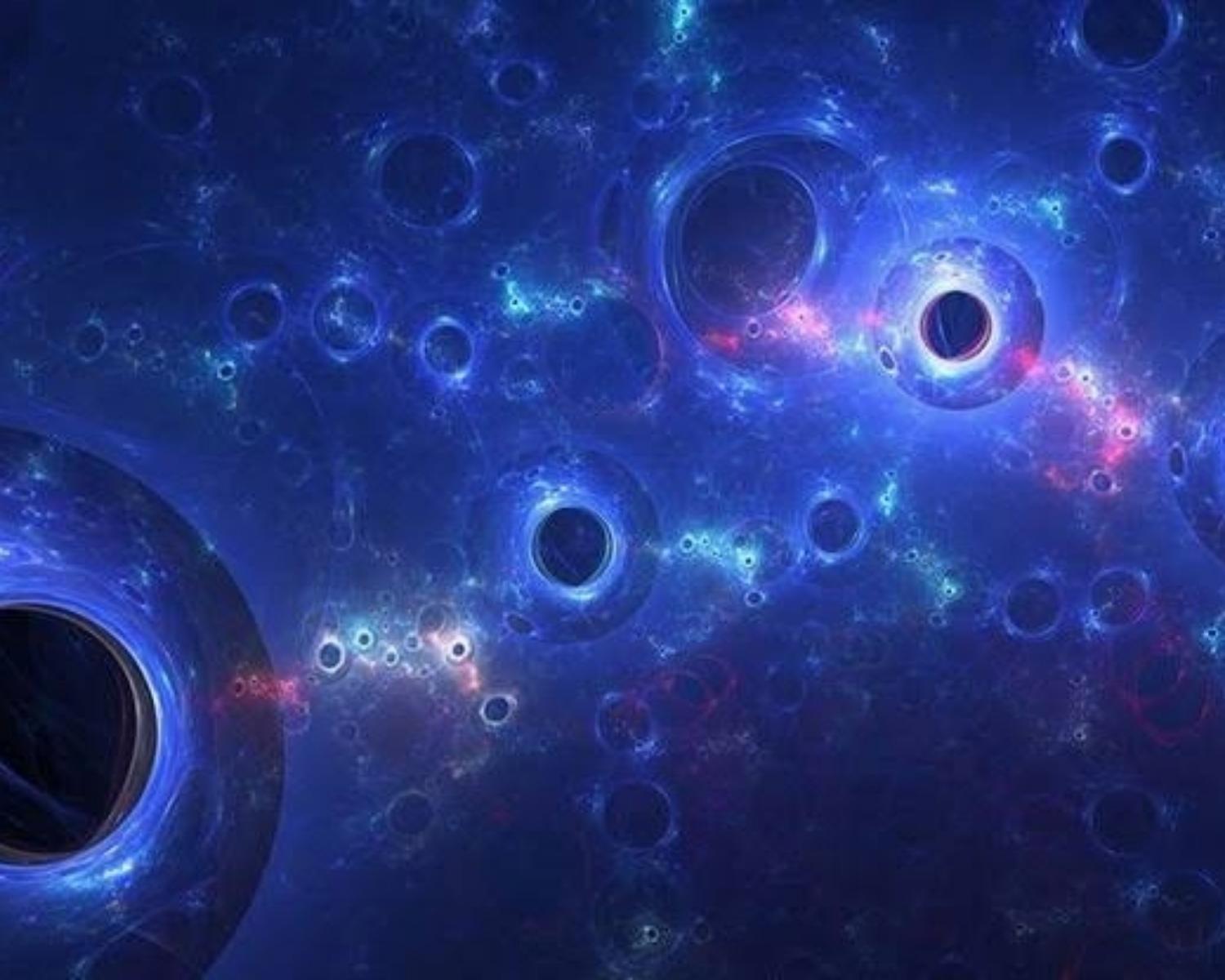Let's Explore the Galaxies
Curated from: hubblesite.org
Ideas, facts & insights covering these topics:
8 ideas
·250 reads
Explore the World's Best Ideas
Join today and uncover 100+ curated journeys from 50+ topics. Unlock access to our mobile app with extensive features.
Introduction
Galaxies are vast cosmic islands of stars, gas, dust, and dark matter held together by gravity. Hubble’s keen eye has revealed intricate details of the shapes, structures, and histories of galaxies — whether alone, as part of small groups, or within immense clusters. From supermassive black holes at galactic centers to giant bursts of star formation to titanic collisions between galaxies, these discoveries allow astronomers to probe the current properties of galaxies as well as examine how they formed and developed over time.
5
112 reads
What Kinds of Galaxies Are There?
Astronomers classify galaxies into three major categories: elliptical, spiral and irregular. These galaxies span a wide range of sizes, from dwarf galaxies containing as few as 100 million stars to giant galaxies with more than a trillion stars.
• Elliptical Galaxy : Ellipticals, which account for about one-third of all galaxies, vary from nearly circular to very elongated.They possess comparatively little gas and dust, contain older stars and are not actively forming stars anymore.Astronomers theorize that these are formed by the mergers of smaller galaxies.
5
19 reads
• Spiral Galaxy : Spiral galaxies appear as flat, blue-white disks of stars, gas and dust with yellowish bulges in their centers.These galaxies are divided into two groups: normal spirals and barred spirals.In barred spirals, the bar of stars runs through the central bulge.
• Irregular Galaxy : Irregular galaxies, which have very little dust, are neither disk-like nor elliptical.Astronomers often see irregular galaxies as they peer deeply into the universe, which is equivalent to looking back in time.
5
17 reads
What Is Dark Matter?
Astronomer Vera Rubin made the surprising discovery of dark matter. She noticed that Andromeda Galaxy seemed to be rotating strangely. Some extra non-visible mass, dubbed dark matter, appeared to be holding galaxies together.Nearly half a century later, scientists still don't know what dark matter is.
They don't know, however, that dark matter comprises some 84 percent of the universe's material.Its invisible and ubiquitous presence affects how stars move within galaxies, how galaxies tug on each other and how matter clumped together in the early universe.
5
24 reads
Can Galaxies Collide?
Collision between galaxies could create new waves of star formation, supernovas and even black holes. Collisions between spiral galaxies can eventually make elliptical galaxies. The distances between galaxies are huge, but galaxies' diameters are relatively close to that of stars.
5
18 reads
Four billion years from now, our own Milky Way galaxy is destined for a collision with the neighboring spiral Andromeda galaxy. The Sun will likely be flung into a new region of our galaxy, but our Earth and solar system are in no danger. Andromeda, also known as M31, is now 2.5 million light-years away, but it is inexorably falling toward the Milky Way.
Computer simulations derived from Hubble data show that it will take an additional two billion years or more after the encounter for the interacting galaxies to completely merge under the tug of gravity.They will reshape into elliptical galaxy.
5
13 reads
How do Galaxies Form?
Using supercomputers, scientists can look back in time and simulate how a galaxy may have formed in the early universe and grown into what we see today.
Astronomers estimate the age of the universe at 13.8 billion years based on the rate of expansion. galaxies several billions of light-years away formed fairly soon after the big bang. Some galaxies have formed within the past few billion years — relatively recently in cosmic terms.
5
15 reads
The early universe was filled mainly with hydrogen and helium, with some areas slightly denser than others.These dense areas slightly slowed the universe's expansion, allowing the hydrogen and helium to accumulate into small clouds swirling through space.Gravity caused the gas in these clouds to collapse and form the first generation of stars.These first stars rapidly burned out.Gravity continued to collapse the clouds.
Nearer galaxies, seen later in time, grow to resemble the familiar galaxy shapes we see in the local universe.
5
32 reads
IDEAS CURATED BY
I'm interested in the Unknown | 📚 Bookworm | 🎨 Creative soul | 🌌 Explorer of the Beyond. (άλθος) ♡
Debapriyo Majumdar's ideas are part of this journey:
Learn more about sciencefiction with this collection
How to secure funding
How to market and sell your product or service
How to scale and grow your business
Related collections
Similar ideas
5 ideas
What is Dark Matter?
space.com
6 ideas
3 ideas
What is dark matter? | BBC Science Focus Magazine
sciencefocus.com
Read & Learn
20x Faster
without
deepstash
with
deepstash
with
deepstash
Personalized microlearning
—
100+ Learning Journeys
—
Access to 200,000+ ideas
—
Access to the mobile app
—
Unlimited idea saving
—
—
Unlimited history
—
—
Unlimited listening to ideas
—
—
Downloading & offline access
—
—
Supercharge your mind with one idea per day
Enter your email and spend 1 minute every day to learn something new.
I agree to receive email updates





